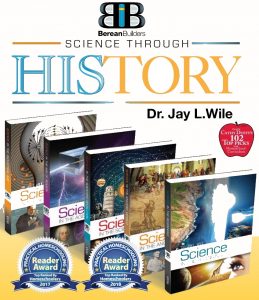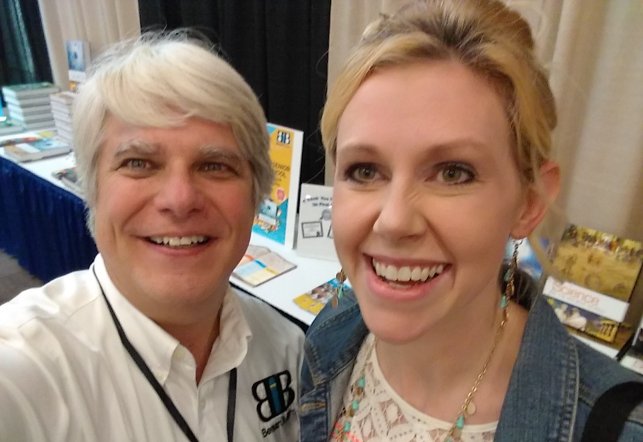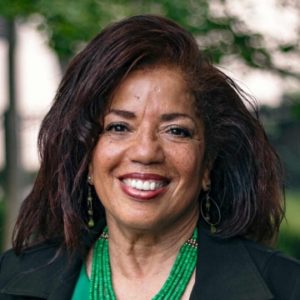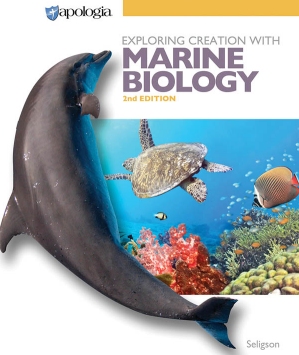
For quite some time, I have been hearing from homeschooling parents who would like me to continue the theme of teaching science through history into the junior high school years. With the encouragement of my publisher, I have decided to give it a try. I am currently working on Science in the Atomic Age. It will be a junior-high-school level course that covers many of the scientific discoveries made in the 20th and early 21st centuries. I plan to discuss the modern view of the atom, how atoms join together to make molecules, what the molecule known as DNA does, the cell as the basic building block of life, several of the advances that have been made in medicine, the structure and characteristics of the universe as a whole, radioactivity, and nuclear reactions.
While it carries the theme of teaching science through history, there will be at least four important differences between this course and my elementary courses. First, in the elementary course, I teach all of science on a timeline. As a result, the books change science topics constantly. In the first 15 lessons of Science in the Ancient World, for example, students start by learning the importance of math in science, then learn about the science of music, then learn about atoms, and then learn about medicine. It’s difficult to cover scientific advancements made in the 20th and 21st centuries that way, because the issues become more complex, and it is important to see the development of one particular topic over the years. So while I will still discuss science in the context of history, it will be by topic.
In other words, when I write about our modern understanding of the atom, I summarize what was known towards the end of the 1800s. I then step students through the history of atomic science, eventually ending with our current understanding of the atom. As a result, students see how the entire field of atomic science developed through the course of the 20th and 21st centuries. I then move on to molecules, but once again, I step back to the end of the 1800s and discuss the history of how our understanding of molecules developed. When I get to DNA, I “reset the clock” once again, starting with what was known at the end of the 1800s and working forward to the present day.
Now, of course, the focus is on the science, not the history. The students aren’t learning what happened in the world during the 20th and 21st centuries, unless those events affected scientific progress (like the World Wars). Instead, they learn the history of how scientists were led to our modern views. Because of this approach, students not only learn the science of what is being discussed, but they also learn the scientific reasoning used to reach our current understanding of scientific issues.
The second major difference between Science in the Atomic Age and the other books in my series is that it will be much longer. More science has to be covered in junior high school, so unlike my elementary books, this book is designed to be used every day. The third major difference is the frequency of experiments. In my elementary series, each time the student does science, he or she has a hands-on activity, usually an experiment. While there are still experiments and hands-on activities in this book, there aren’t as many. In a two-week period, students will do three or four experiments or activities. That means the student will be expected to do more reading in this course.
The final major difference is that the book switches from a notebooking approach when it comes to reviewing the material to a question/answer approach. There are “comprehension check” questions the student needs to answer while he or she is reading. Then, at the end of each chapter, there is a chapter review to help the student remember everything that was learned. Finally, there is a test for every chapter. In order to prepare the student for high school and beyond, it is important that the student answers all of those questions and takes the test.
I have only just begun writing this course, so it won’t be available for this academic year. However, I hope to be able to choose a group of students to “field-test” the book for the 2019-2020 academic year. However, that will depend on my progress. Assuming that I can start the “field-testing” on time, the book should be ready for general use in the 2020-2021 academic year. Of course, the Lord might have quite different plans, so stay tuned to find out what happens!








